Discover the repoussé technique, an ancient metalworking method that creates unique relief designs. Used since...
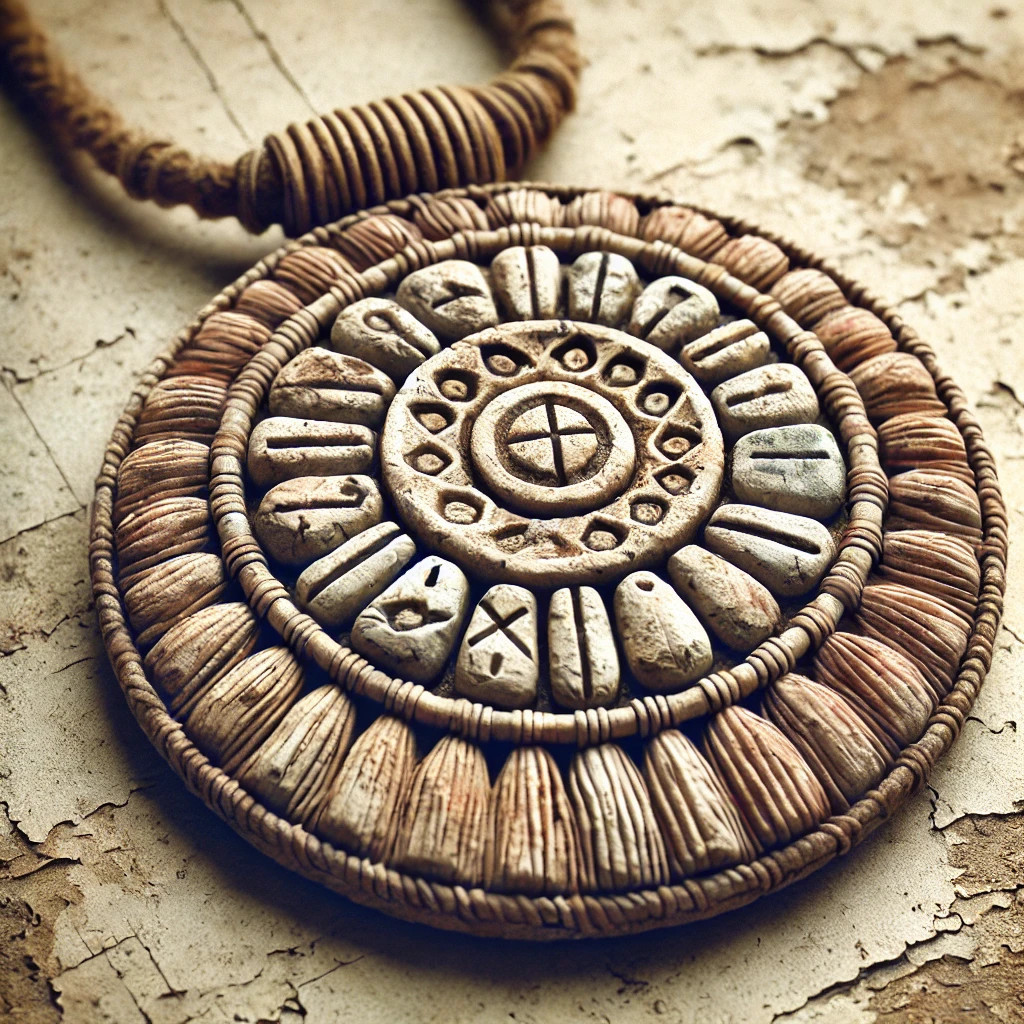
Jewelry during prehistory
The History of Jewelry in Prehistory
Jewelry, symbols of beauty and personal expression, have their origins long before modern civilizations, in the fascinating period of prehistory. From the earliest ages of humanity, our ancestors used natural materials to create ornaments that were not only aesthetic but also carried cultural and spiritual significance.
The First Materials: Nature and Simplicity
During prehistory, men and women used the resources available in their immediate surroundings to make jewelry. They used shells, polished stones, bones, ivory, and even animal teeth to create necklaces, bracelets, and pendants. These materials were carefully selected for their rarity, beauty, or spiritual properties.
Archaeological discoveries, such as shell beads found in prehistoric caves, show that these pieces of jewelry were worn not only for adornment but also to indicate social rank or status within the tribe. Sometimes, they were believed to have magical connotations, protecting the wearer.
Symbolism and Identity
Jewelry in prehistory also served as a means of communication and expression of identity. It could indicate belonging to a group or be used as symbols of power and prestige. Some researchers believe that the ornaments worn at that time may have had ritual functions or been used in important ceremonies.
The people of the Paleolithic era, for example, had already developed techniques to drill stone and bone beads, which they threaded to make necklaces and bracelets. These pieces, often simple, revealed a growing mastery of techniques for processing and assembling natural materials.
The Evolution of Techniques and Aesthetics
Over time, the techniques for making jewelry evolved. Initially, jewelry was simple, made from raw materials without much refinement. But as time passed, early humans began to perfect their methods, carving and polishing stones to make them more aesthetically pleasing. In the Neolithic era, with the rise of agriculture and the shift to sedentary life, people were able to dedicate more time to craftsmanship, and jewelry became increasingly refined.
Bone and ivory jewelry was often carved with great care, and shells, once found along coastlines, were transported to distant regions, suggesting the existence of prehistoric trade networks.
The Importance of Stones and Shells
Towards the end of prehistory, certain gemstones and semi-precious stones, such as amber and jade, began to appear in prehistoric adornments. Their colors and rarity made them especially desirable. Similarly, shells, often found far from the sea, became early trade goods.
The use of stones believed to possess spiritual or magical properties was also widespread. Amber, for example, was used not only for its beauty but also for its supposed protective properties.
The Legacy of Prehistoric Jewelry
The study of prehistoric jewelry reveals not only the ingenuity of our ancestors but also their sense of style and their desire to enhance their appearance. Modern jewelry, though more sophisticated in design and craftsmanship, shares this ancient legacy of ornaments that symbolize belonging, elegance, and spiritual protection.
In today’s world, fashion jewelry continues to draw inspiration from these early adornments. Simple shapes, natural materials, and the use of beads or semi-precious stones are all echoes of a past time, when beauty lay in simplicity and a deep connection to nature.

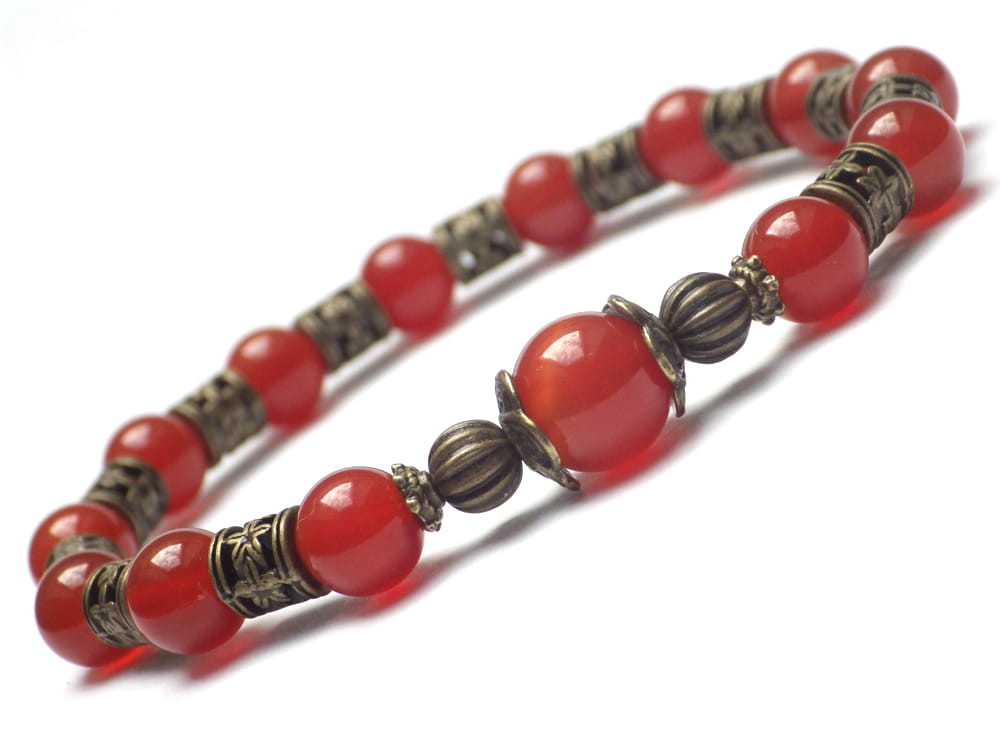
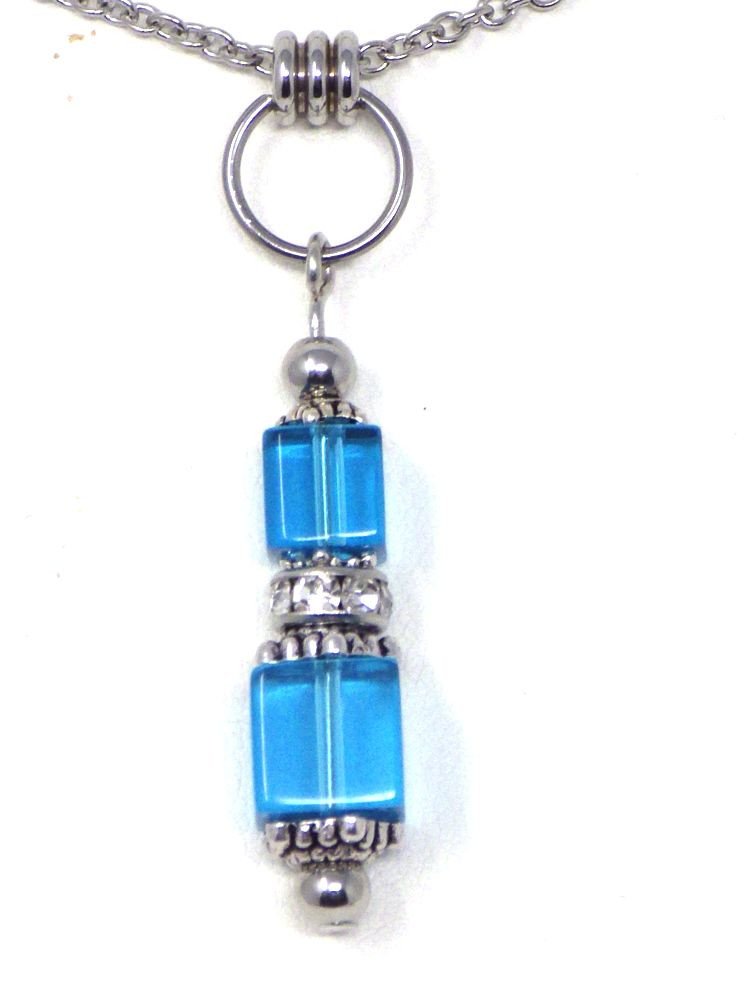
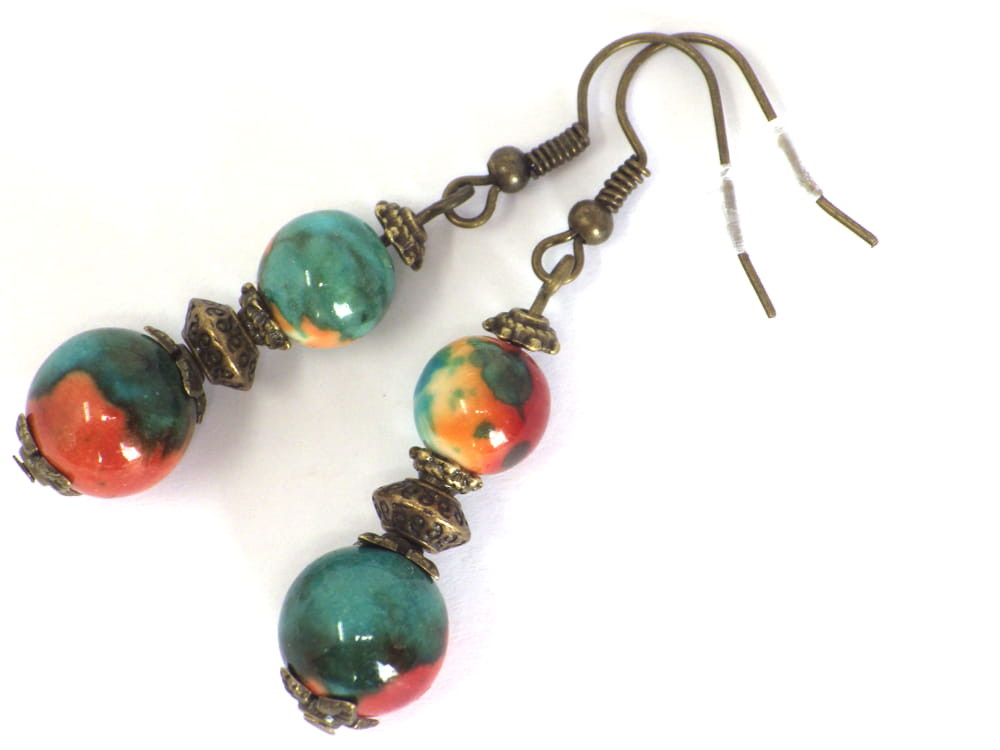

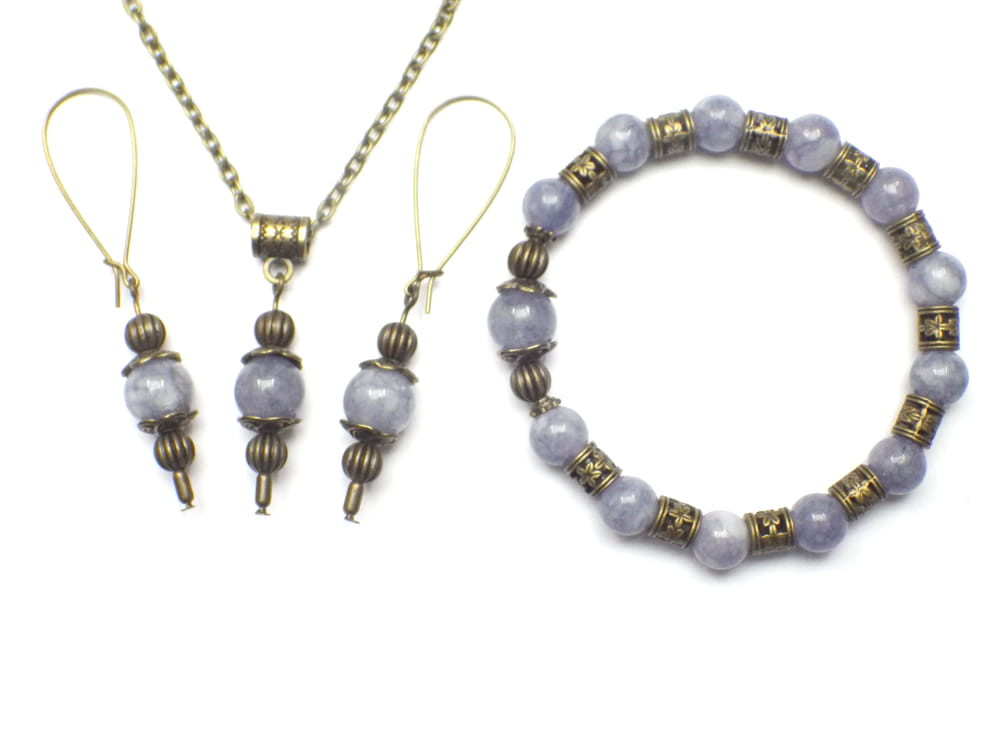
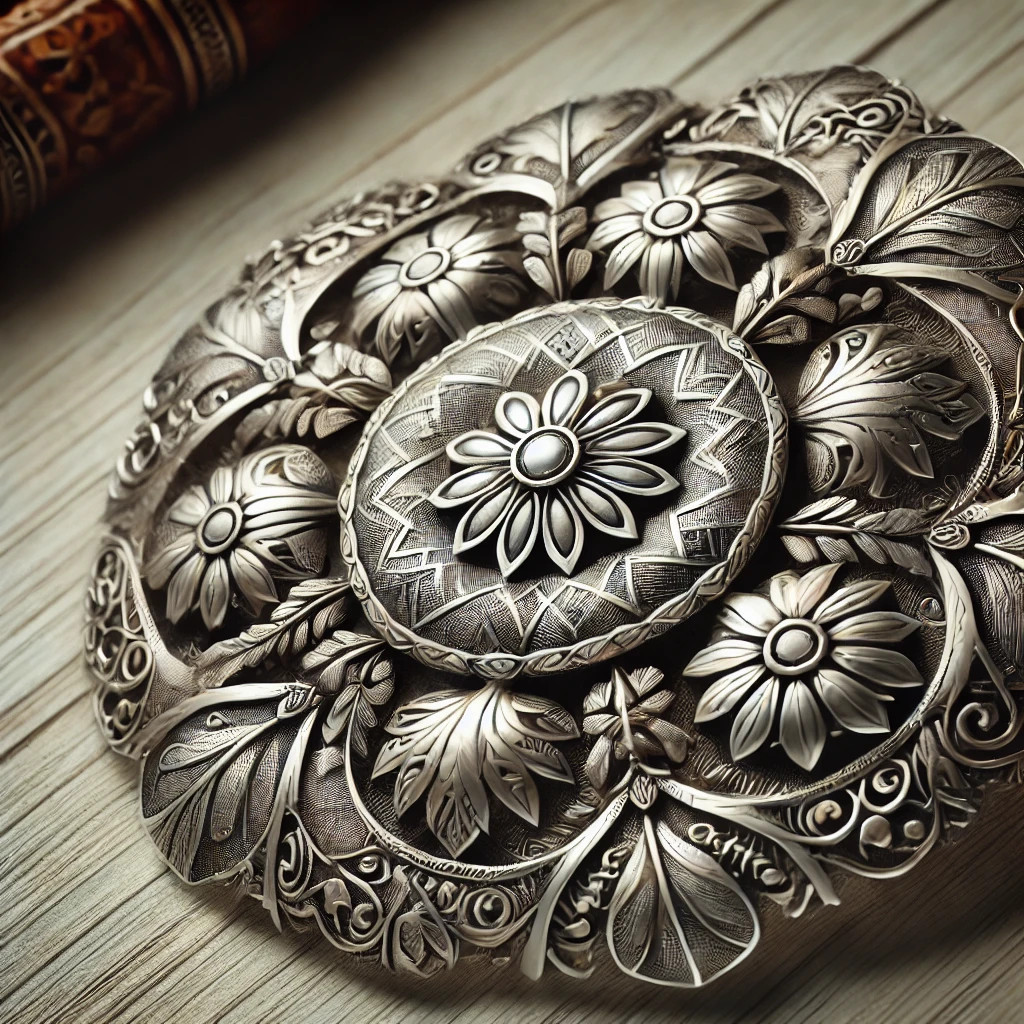
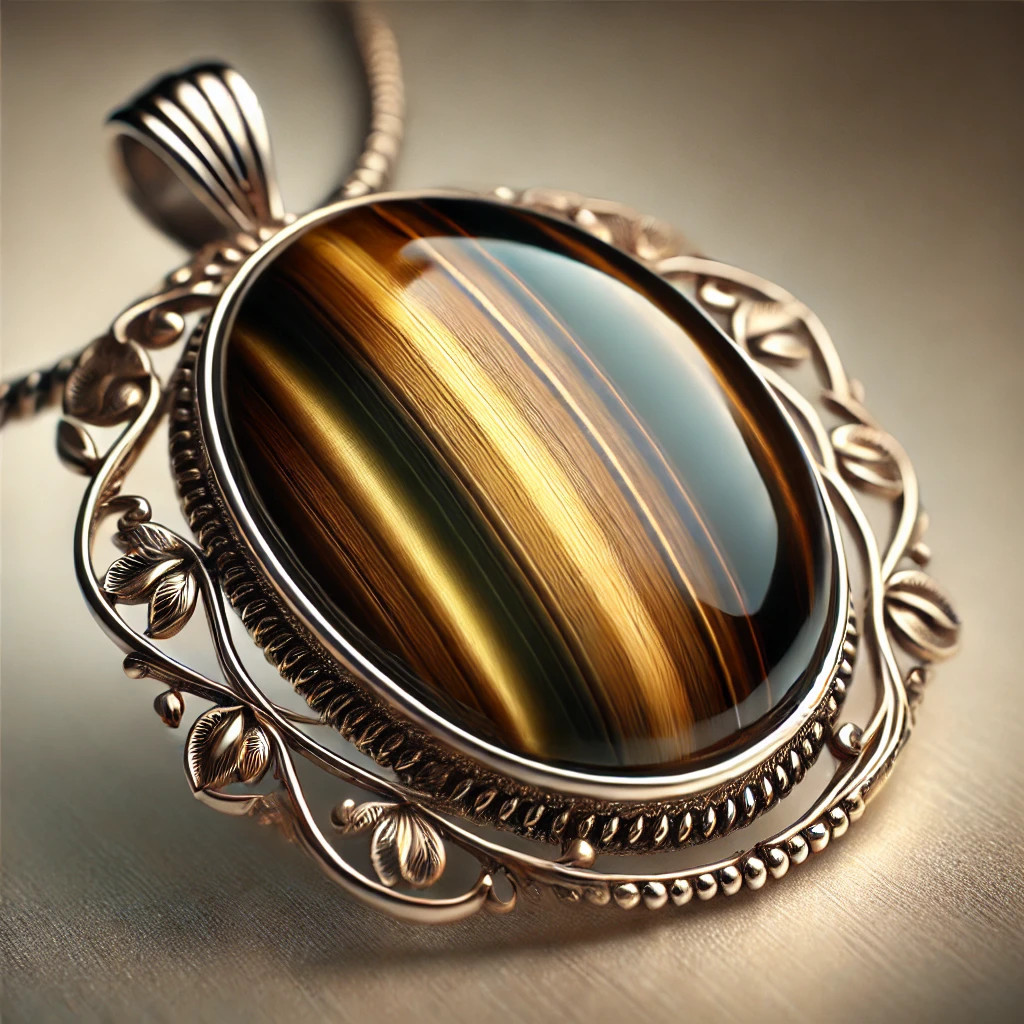
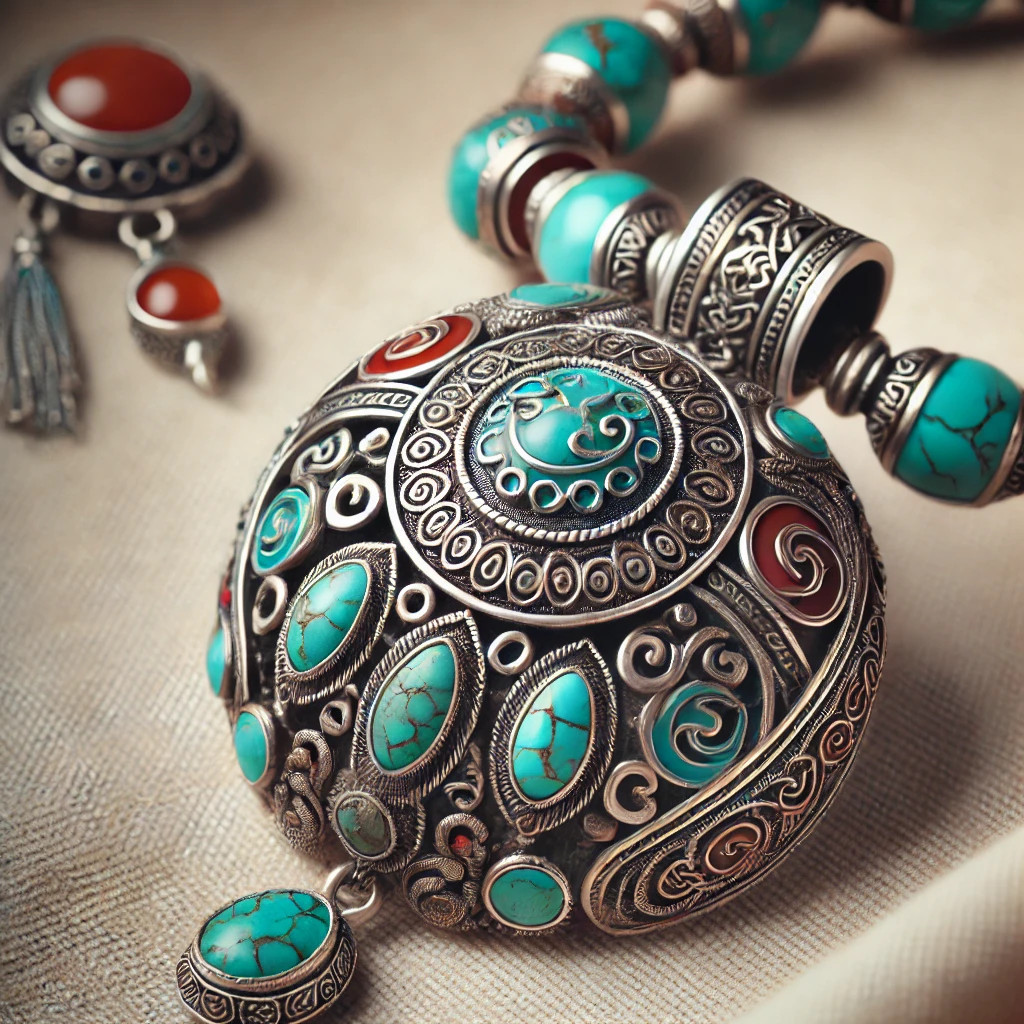
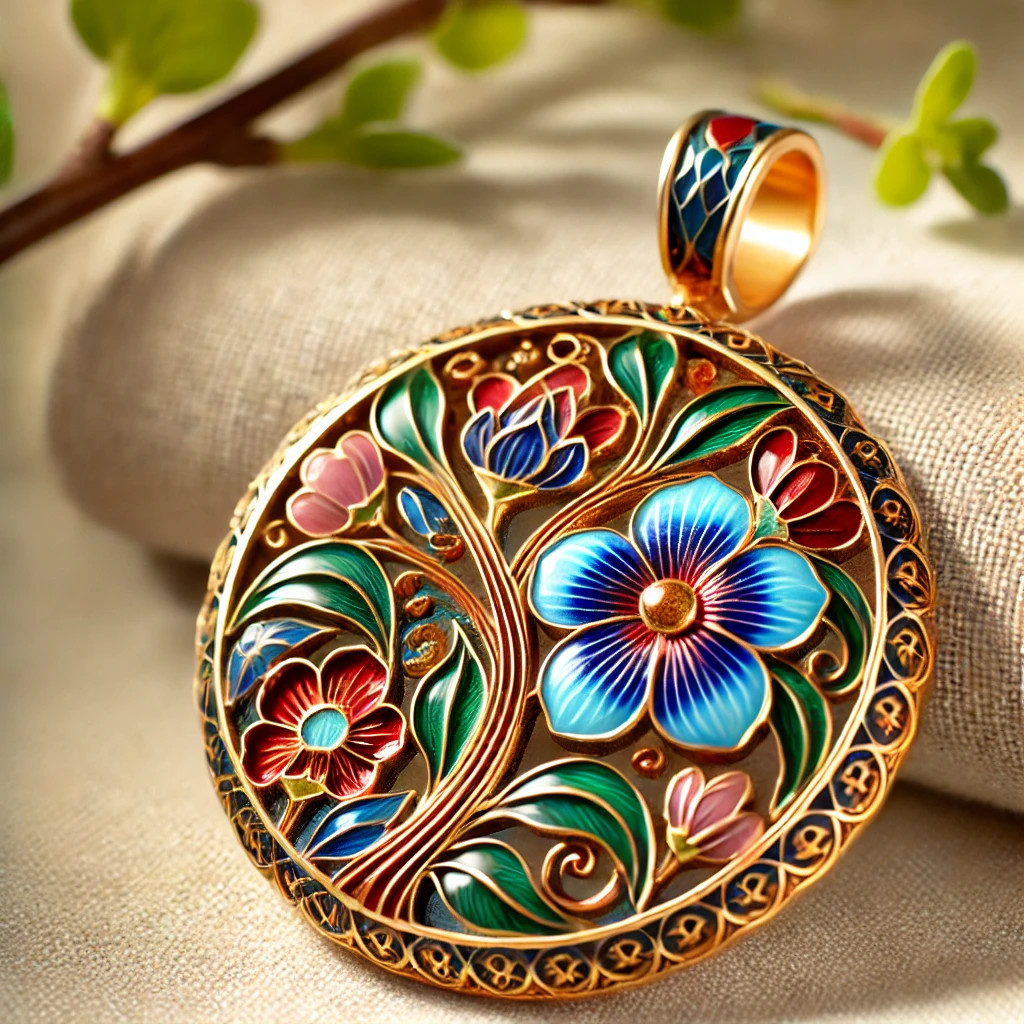

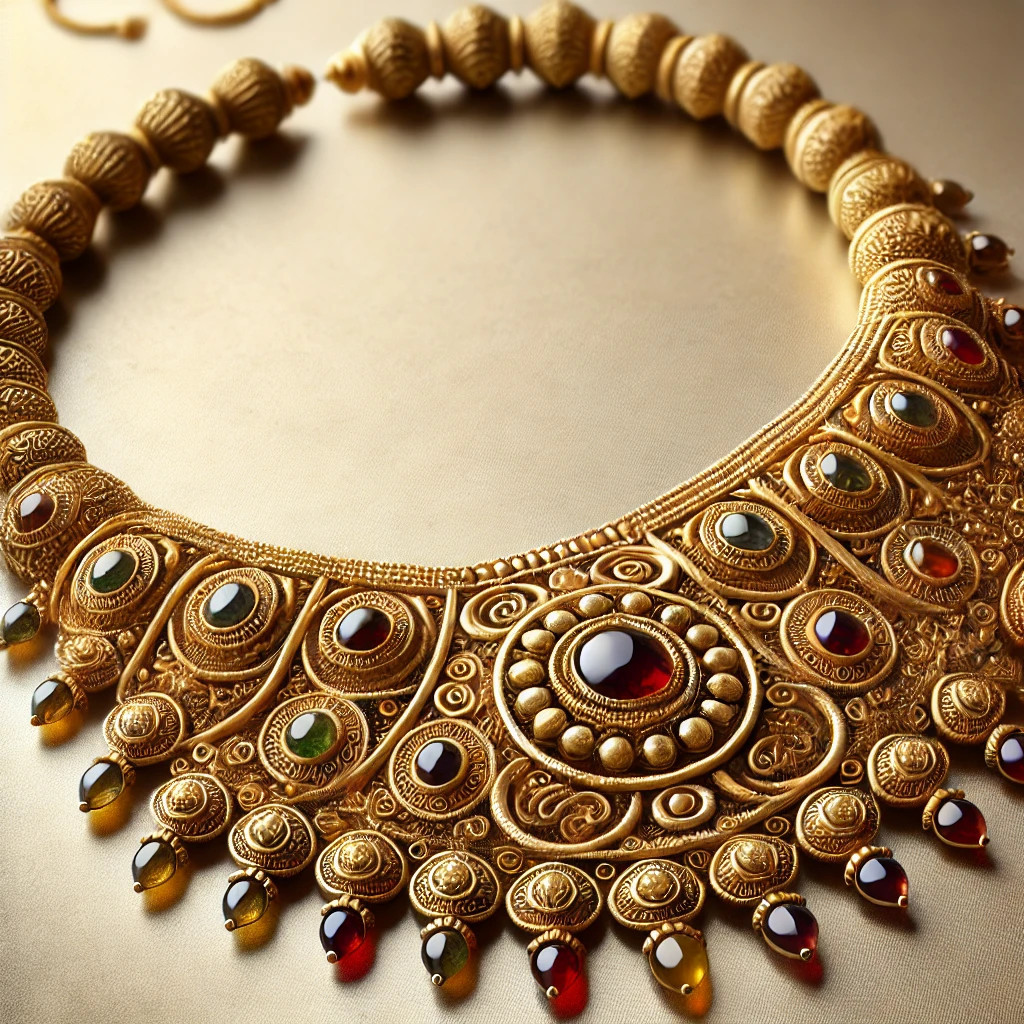
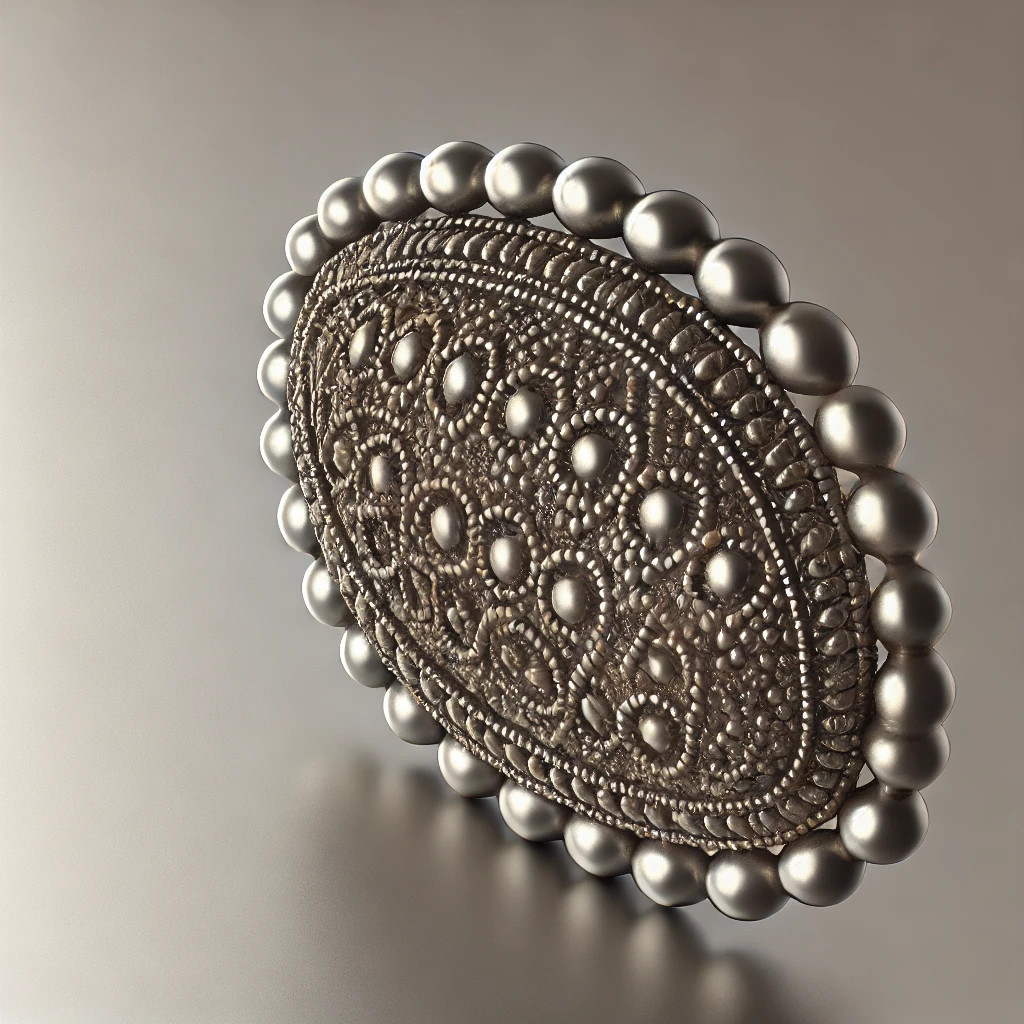

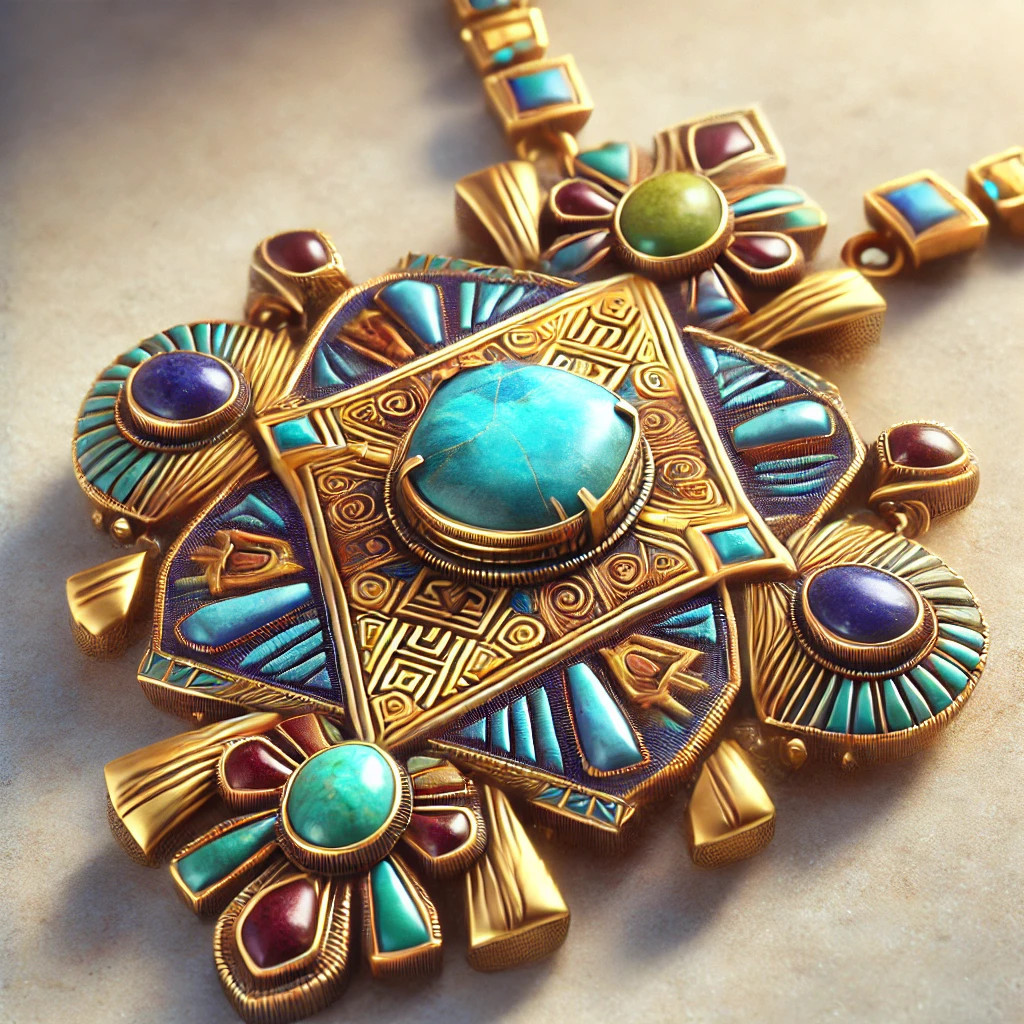


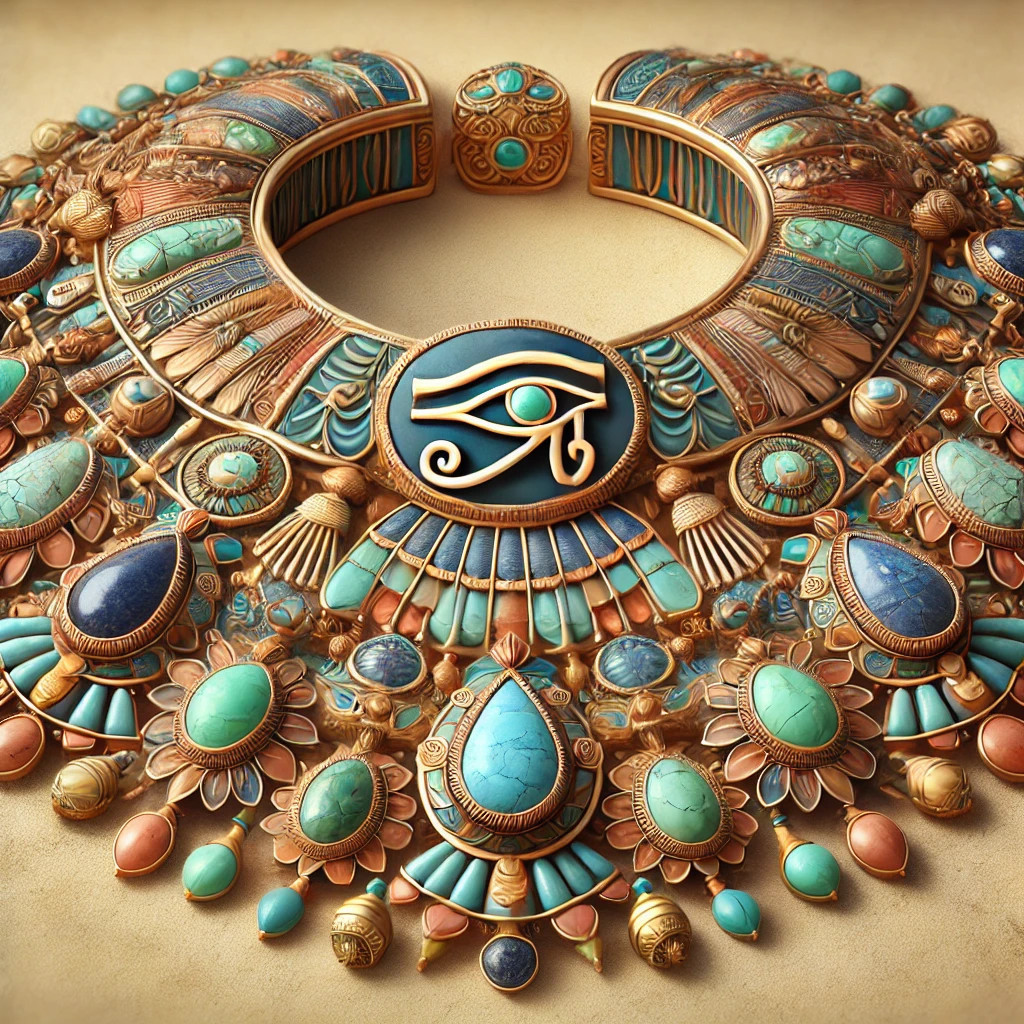

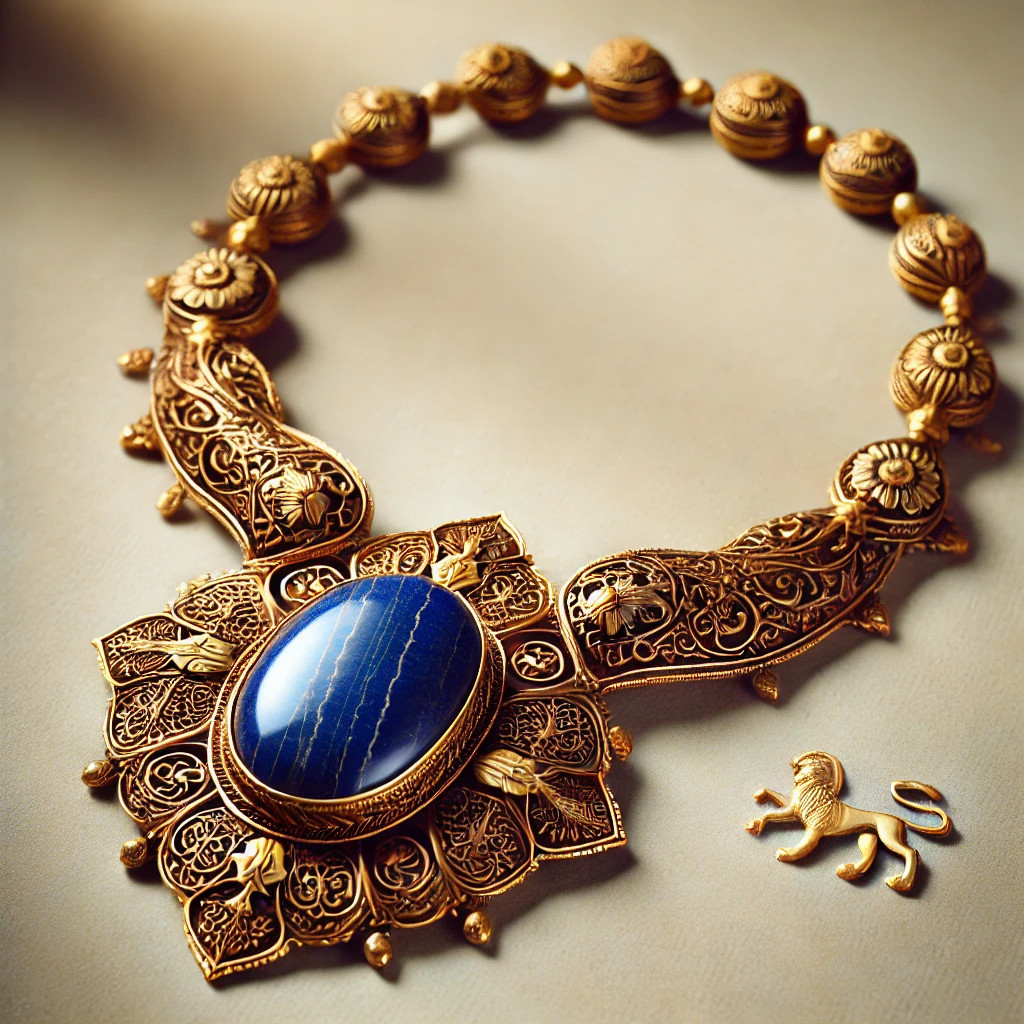
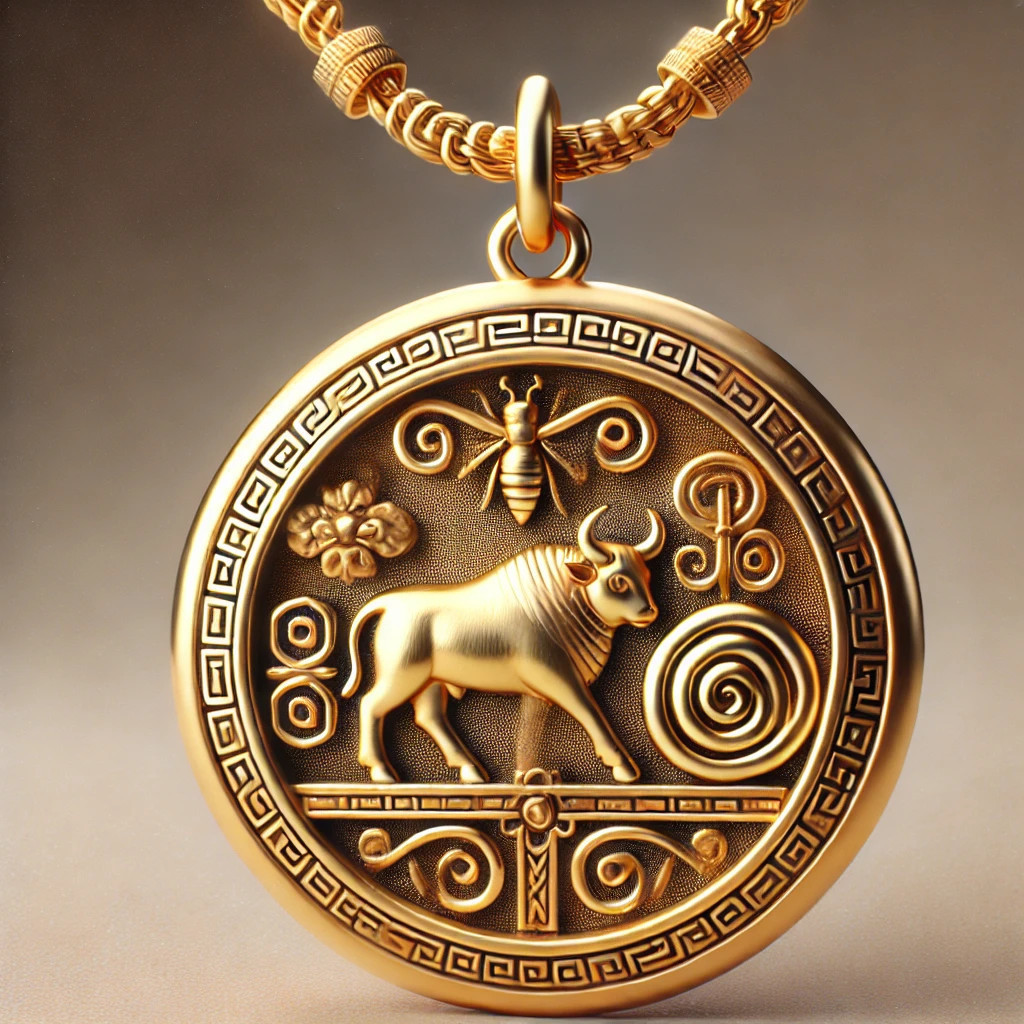
Leave a comment
Comments
Interesting article
By: Thetis Giordano On 2024-10-27Interesting article